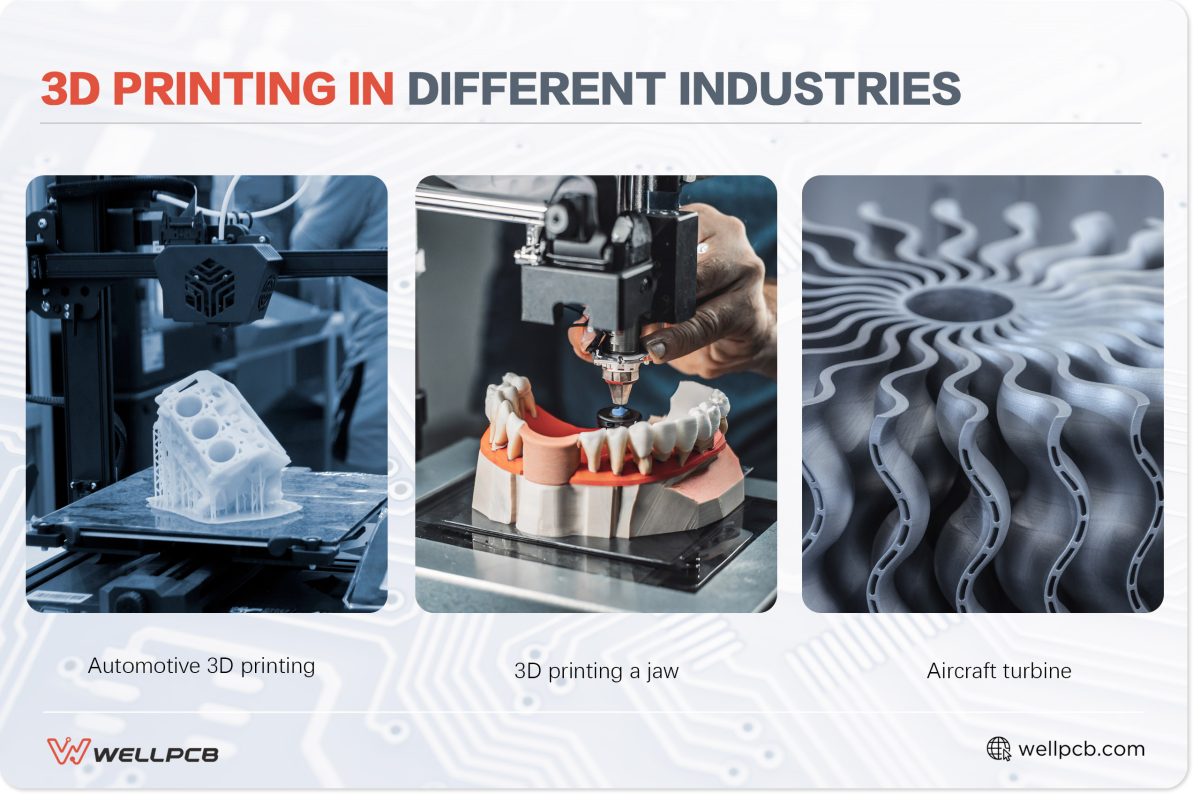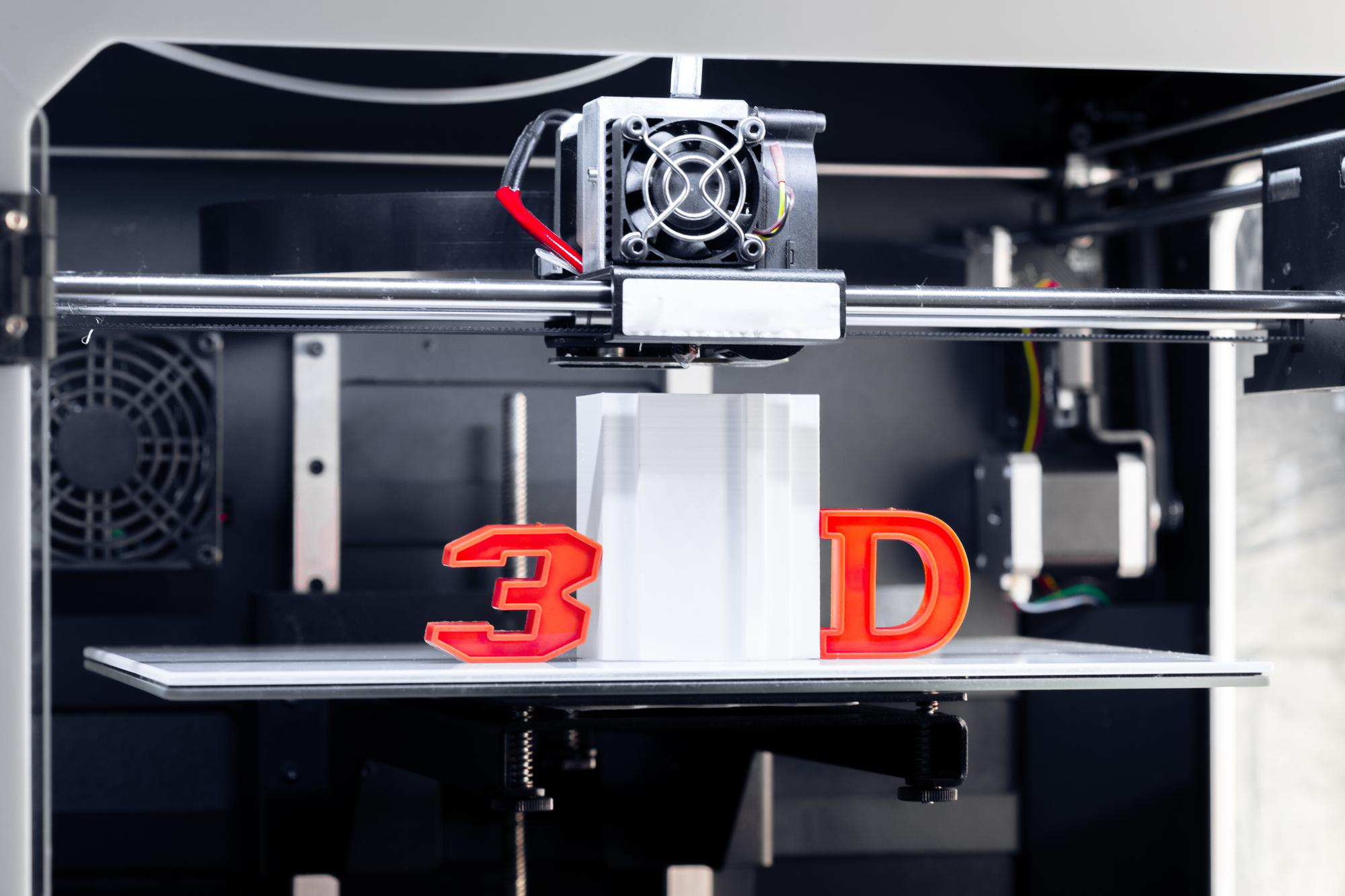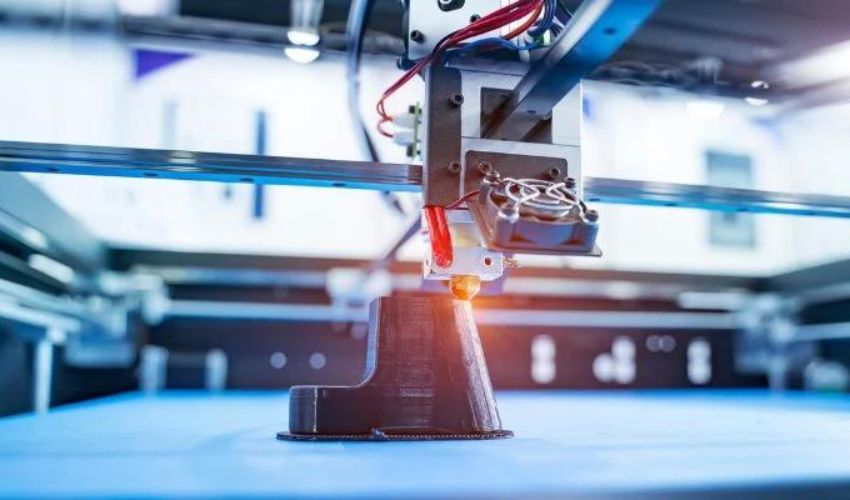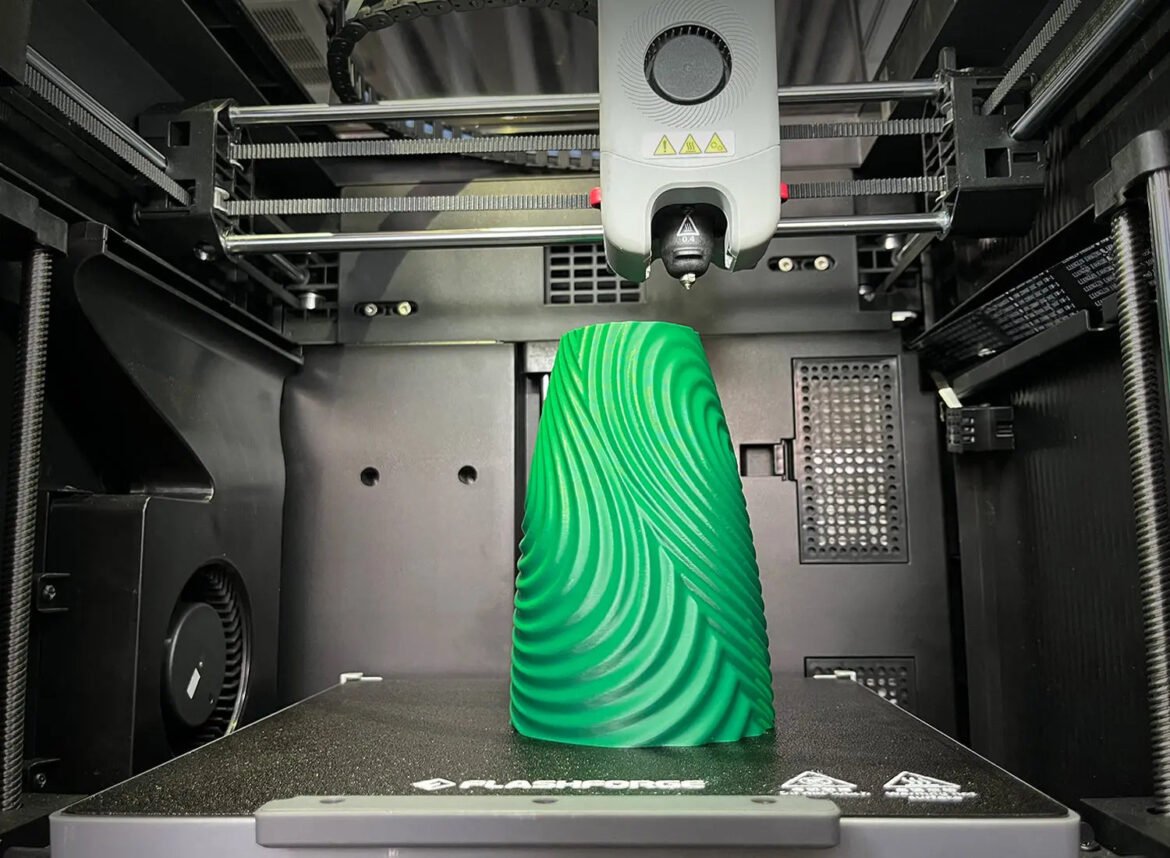
Evolution of Manufacturing Techniques
Traditional Manufacturing Methods
Manufacturing has experienced a profound transformation over the centuries. Initially, traditional manufacturing methods like handcrafting and assembly line production dominated the landscape. Craftsmen would painstakingly produce items one-by-one, ensuring each piece met high-quality standards. This method, however, was time-consuming and often limited in scalability. Here’s a quick look at some of the traditional techniques:
- Cottage Industry: Small-scale production typically done at home.
- Mass Production: The assembly line revolution, which significantly increased output and reduced costs.
- Machining Techniques: Tools like lathes and mills were introduced for precision cutting.
While effective, these methods struggled to keep pace with increasing demand and customization needs.
Emergence of 3D Printing Technology
Enter 3D printing technology, a game-changer in manufacturing. With its arrival, the industry witnessed a shift towards more flexible, efficient, and innovative production techniques. Unlike traditional methods, 3D printing, or additive manufacturing, builds objects layer by layer from digital designs.
This allows for:
- Rapid prototyping, enabling faster product development cycles.
- Cost-effective production for small batches without the need for expensive tooling.
- Customization, catering to specific consumer preferences.
Many businesses within the manufacturing sector have begun embracing these latest breakthroughs in 3D printing, eager to stay competitive and responsive to market demands. This fascinating evolution demonstrates how technology continues to shape the future of manufacturing.

Fundamentals of 3D Printing
Understanding Additive Manufacturing
Building upon the foundation laid by traditional methods, 3D printing, also known as additive manufacturing, marks a revolutionary approach to creating objects. Unlike subtractive manufacturing where material is cut away, additive manufacturing involves adding material layer by layer. This process not only enhances design freedom but also minimizes waste – a significant benefit for both the environment and cost-efficiency.
Imagine being able to design a part on a computer and watch it come to life before your eyes! This method is ideal for creating complex geometries that were once impossible with traditional techniques.
Some key advantages of additive manufacturing include:
- Material efficiency: Only the required material is used.
- Rapid prototyping: Shortens production time drastically.
- Enhanced customization: Makes personalized products easy and feasible.
Types of 3D Printing Technologies
The world of 3D printing encompasses various technologies, each with unique characteristics. Here are a few popular methods:
- Fused Deposition Modeling (FDM): Extrudes melted plastic to build up layers.
- Stereolithography (SLA): Uses a laser to solidify resin layer by layer.
- Selective Laser Sintering (SLS): Fuses powdered material using a laser.
Each of these technologies serves different applications, allowing manufacturers to select the one that best suits their needs. With a profound understanding of these fundamentals, businesses in sectors like automotive and healthcare are ready to harness the true potential of 3D printing!

Applications of 3D Printing in Manufacturing
Automotive Industry
3D printing has made significant inroads in the automotive industry, transforming how vehicles are designed and manufactured. Major players like Ford and BMW are incorporating 3D printing to create lighter components that improve fuel efficiency. Imagine a race car part produced in days rather than weeks—allowing for rapid innovations and design iterations. Key benefits include:
- Prototyping: Quick production of design iterations for testing.
- Spare Parts: On-demand creation reduces warehouse costs.
- Customization: Personalized features are easily added.
Healthcare Sector
In the healthcare sector, 3D printing is nothing short of revolutionary. Surgeons can now create patient-specific implants and prosthetics tailored to individual needs. For instance, a father I know had his daughter receive a custom 3D-printed prosthetic that perfectly matched her other limb, leading to a more natural feel. This sector benefits largely from:
- Bioprinting: Potential for creating living tissue for transplants.
- Medical Models: Accurate anatomical models for surgical planning.
- Orthotics and Prosthetics: Custom, affordable solutions for mobility.
Aerospace and Defense
The aerospace and defense industries are also reaping the rewards of 3D printing. Lightweight parts can dramatically reduce fuel consumption. NASA, for instance, has explored using this technology for creating components on interplanetary missions. Highlights include:
- Production of complex geometries: Optimal designs that weren’t possible before.
- Reduced lead times: Speedy production of parts on-demand.
- Enhanced performance: Parts can be produced closer to their final, operational requirements.
As these examples illustrate, 3D printing is reshaping different facets of manufacturing, bringing customization and efficiency to new heights!

Advancements in Material Science for 3D Printing
Metals and Alloys
As 3D printing continues to revolutionize manufacturing, advancements in material science have truly expanded its horizons, particularly in metals and alloys. Industries like aerospace and automotive are increasingly relying on 3D-printed metal parts due to their strength-to-weight ratio. For instance, a friend of mine in engineering recently described how they used titanium alloys to print components for a jet engine, significantly reducing both weight and fuel consumption. Key advancements include:
- Laser-based powder bed fusion: Ensures precise layer-by-layer building of metal parts.
- DMLS (Direct Metal Laser Sintering): Creates intricate designs with enhanced mechanical properties.
- New alloys: Development of specialized metal alloys designed specifically for additive manufacturing.
Polymers and Composites
Equally exciting is the progress made in polymers and composites, which are essential for many applications ranging from consumer products to medical implants. With new formulations, 3D-printed polymers can now achieve characteristics similar to traditionally used materials. This evolution is evident in my experience when I saw how a local startup used composite materials in lightweight bike frames, combining strength with flexibility. Notable advancements include:
- High-performance polymers: Such as Nylon and PEEK, offering greater thermal and chemical resistance.
- Composite materials: Mixing polymers with reinforcing fibers for enhanced durability.
- Biodegradable options: Environmentally friendly materials that cater to sustainability.
These advancements highlight the synergy between material science and 3D printing, fostering innovation across various sectors and pushing the boundaries of what’s possible!

Impact of 3D Printing on Customization and Prototyping
Rapid Prototyping
One of the most exciting impacts of 3D printing is its role in rapid prototyping. Gone are the days when it could take months to bring a new product from concept to market. With 3D printing, designers can quickly create prototypes, test them, and iterate on their designs—all within a matter of days. I recall watching a local startup use 3D printing to refine their product line of kitchen gadgets. They crafted multiple prototypes within the week, allowing them to gather feedback and make adjustments almost in real-time. Key benefits include:
- Reduced Time to Market: Accelerates the entire development process.
- Cost-effectiveness: No need for expensive molds and tooling.
- Flexibility: Easy to modify designs and materials based on testing outcomes.
Personalized Products
Another remarkable application of 3D printing is in the creation of personalized products. Consumers today crave uniqueness, and 3D printing makes it possible to tailor products to individual preferences. For instance, family members of mine have designed custom phone cases and even specialized jewelry that reflect their personalities. This trend includes:
- Custom Fit Items: From footwear to eyewear, tailored for maximum comfort.
- Unique Designs: Products crafted with personal touches, such as names or favorite symbols.
- Adaptability: Educational tools and medical devices can be modified to meet specific user needs.
These advancements illustrate how 3D printing is reshaping not only the manufacturing landscape but also the consumer experience, making customization a reality for everyone!

Challenges and Future of 3D Printing in Manufacturing
Scalability and Production Volume
While the advantages of 3D printing are numerous, there are significant challenges, particularly when it comes to scalability and production volume. Many manufacturers find themselves at a crossroads: how to transition from small-batch production to larger-scale operations without losing efficiency. I spoke with a friend who works in a medical device company and learned how they struggled to meet rising demand using 3D printing alone. Key challenges include:
- Speed: Most 3D printing technologies are still slower than traditional methods for mass production.
- Consistency: Achieving uniform quality across multiple parts remains a concern.
- Upfront Costs: Investment in equipment and materials can be substantial for large-scale operations.
Regulatory Hurdles
Another stumbling block lies in navigating the complex regulatory landscape. In industries like aerospace and healthcare, parts must adhere to stringent quality and safety standards. For instance, a colleague who designs prosthetics mentioned how time-intensive it is to obtain approvals for 3D-printed models. Noteworthy hurdles include:
- Standardization: Lack of uniform regulations across different markets.
- Documentation: Extensive records are needed to prove compliance.
- Safety Testing: New materials and processes necessitate rigorous testing protocols.
Despite these challenges, the future of 3D printing in manufacturing is bright. As technologies evolve and regulatory frameworks improve, we may soon see wider adoption and more innovative applications across various industries.

Case Studies and Success Stories
Real-world Examples of 3D Printing Revolutionizing Manufacturing
To truly grasp the transformative power of 3D printing in manufacturing, examining real-world success stories is essential. One standout example is GE Aviation, which has integrated 3D printing into its production line for fuel nozzles. They transitioned from traditional manufacturing methods, resulting in not just a lighter, more efficient part but also a reduction in the production time by nearly 90%. My friend who works there shared how this leap has redefined their approach to design and production.
Another compelling case is Nike, which used 3D printing to create bespoke athletic footwear. Fans of the brand appreciate the custom fit and personal style, showcasing how 3D printing can enhance customer satisfaction. Their tailored production techniques allow for:
- Enhanced performance: Shoes designed for individual athlete needs.
- Rapid feedback: Quick prototyping cycles to capture consumer insights.
Additionally, Organovo, a biomedical firm, has pioneered the use of 3D printing for bioprinting human tissues. By developing cardiac tissues, they are on the cutting edge of creating viable solutions for drug testing and regenerative medicine.
These examples demonstrate how companies are innovating by harnessing the latest breakthroughs in 3D printing to reshape the future of manufacturing, setting a standard for others to follow!

Conclusion and Future Outlook
Potential Innovations and Trends in 3D Printing
As we reflect on the journey of 3D printing, it’s clear that the future holds even more exhilarating potentials. Innovations are emerging at a rapid pace, promising to expand the scope of what can be achieved with this technology. For instance, the development of multi-material printing opens avenues for creating complex parts that combine various materials in a single build. I recently learned about a company that is exploring bio-printed organs, aiming to revolutionize transplants. Potential trends we might see include:
- Integration with AI: Utilizing artificial intelligence to optimize designs and manufacturing processes.
- Sustainable materials: The rise of environmentally friendly filament options, making 3D printing more eco-conscious.
- Widespread adoption: Increased use across industries, from fashion to food, driven by customization demands.
Closing Thoughts
In conclusion, the impact of 3D printing on manufacturing is profound and far-reaching. As industries continue to evolve, this technology will play a pivotal role in innovation, efficiency, and personalization. Although challenges remain, such as scalability and regulations, the drive for creative solutions keeps the momentum going. It’s genuinely thrilling to think about what comes next; as a passionate advocate for technology, I can’t wait to see how these advancements shape our world in the coming years!

